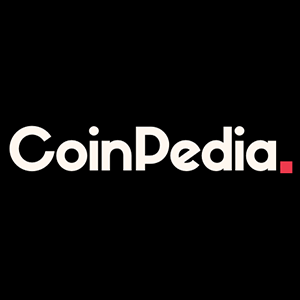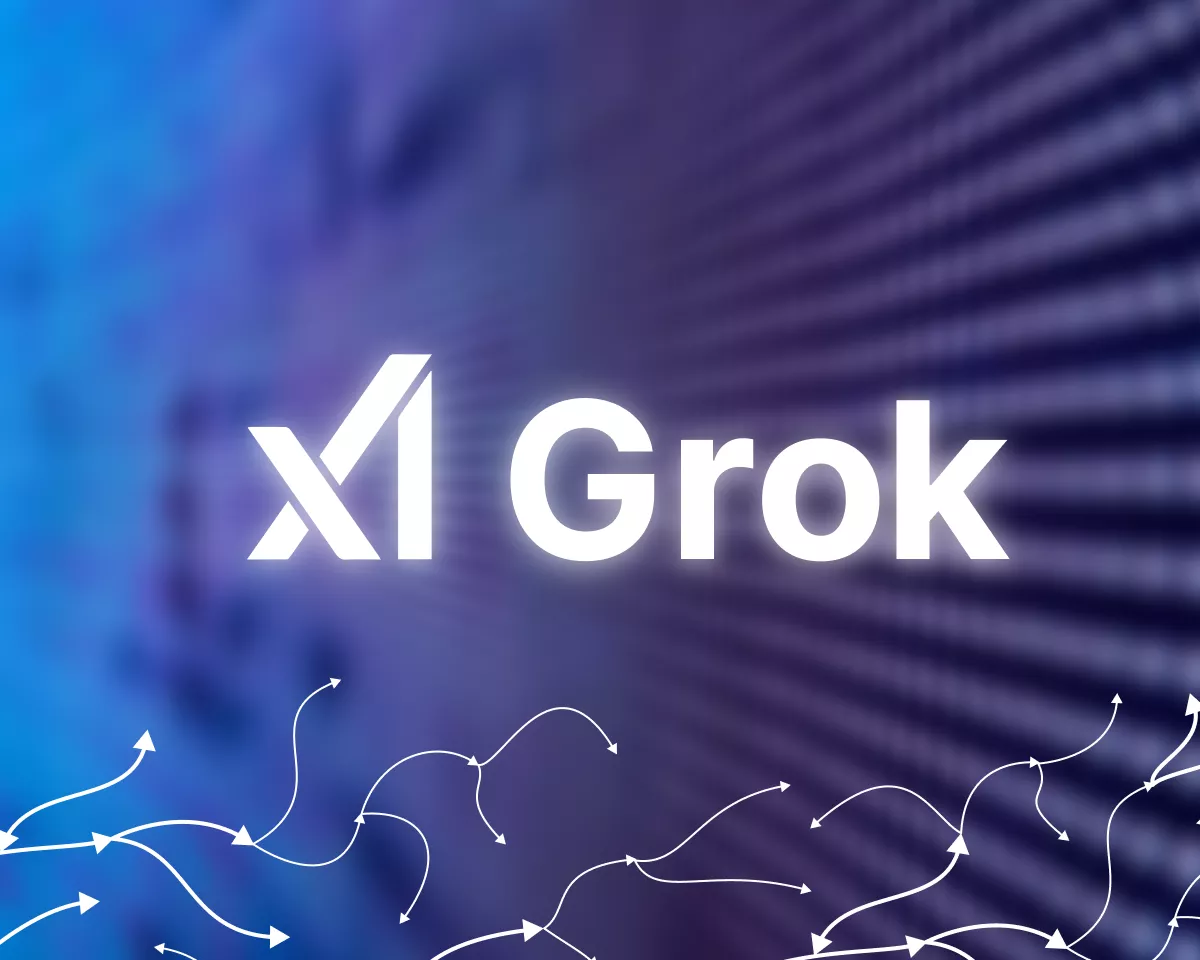Launched on June 30 , this sidechain enables Ethereum-compatible smart contracts to run on the XRP Ledger ecosystem. What is the XRPL EVM Sidechain? The XRPL EVM sidechain is a parallel blockchain network connected to the XRP Ledger. It is designed to be compatible with the Ethereum Virtual Machine (EVM), enabling seamless deployment of Solidity-based decentralized applications (dApps). Therefore, it brings the best of both worlds, which is Ethereum’s rich smart contract functionality and XRP’s speed and efficiency. Why is XRPL EVM Sidechain’s TVL Going Through the Roof? The XRPL EVM sidechain surpassing $105 million in TVL signals a breakout moment for the XRP ecosystem. With high throughput, interoperability, and real utility, XRPL is rapidly positioning itself as a next‑generation decentralized finance (DeFi) hub, anchored by XRP and primed for mass adoption. Developed by with Peersyst and Ripple , and enabled by the Axelar bridge that tracks more than 80 chains, the sidechain lets developers and users build and transact using familiar tools like Solidity, MetaMask, and Hardhat, which are powered by XRP as the native gas token. Some of the key DeFi projects anchoring the sidechains’s TVL growth include Strobe, Secured, and Vertex. Therefore, the XRPL EVM sidechain has proven its mettle by outperforming expectations with $105M in TVL, rocketing contract deployments, and an expanding web of cross-chain bridges. This fusion of Ethereum DeFi capabilities and XRPL’s performance and liquidity positions the sidechain as a formidable player in the multichain DeFi landscape. Bank of New York Mellon Becomes the Main Custodian of RLUSD Ripple has named Bank of New York Mellon—one of the world’s largest custody banks with $53 trillion in assets under management—as the primary custodian for the reserve assets backing its U.S. dollar stablecoin, Ripple USD (RLUSD). BNY Mellon will safeguard the reserves and provide transaction banking services, including conversions during minting and redemption. The partnership also intends to strengthen Ripple’s regulatory standing and boost institutional credibility amid a surge of traditional finance interest in stablecoins—dubbed “stablecoin summer.” It comes at a time when the Trump administration is in high gear to tame Biden-era crypto restrictions through the GENIUS Act , fueling momentum across the stablecoin sector. Jack McDonald, SVP of stablecoins at Ripple noted, “BNY brings together demonstrable custody expertise and a strong commitment to financial innovation in this rapidly changing landscape, as well as a forward-thinking approach to digital asset infrastructure.” Launched in December 2024 and regulated by the New York Department of Financial Services (NYDFS), RLUSD is fully backed by cash, money market funds, and short-term U.S. Treasuries. Emily Portney, global head of asset servicing at BNY pointed out, “As primary custodian, we are thrilled to support the growth and adoption of RLUSD by facilitating the seamless movement of reserve assets and cash to support conversions and are proud to be working closely with Ripple to continue propelling the future of the financial system.” What does this mean for XRP? Well, while RLUSD handles USD-denominated settlement, XRP becomes the liquidity bridge. Therefore, as more institutions use RLUSD and the XRP Ledger , XRP itself gains utility through settlement infrastructure. Conclusion BNY Mellon becoming the primary custodian for RLUSD fortifies the whole XRP ecosystem. RLUSD’s institutional growth validates and enables broader XRPL usage, directly benefiting XRP’s role as the fuel for on-ledger activity. This coupled with XRPL EVM sidechain’s TVL skyrocketing paints a bullish picture for XRP as the 4th-largest cryptocurrency traverses the $2.43 zone.
















